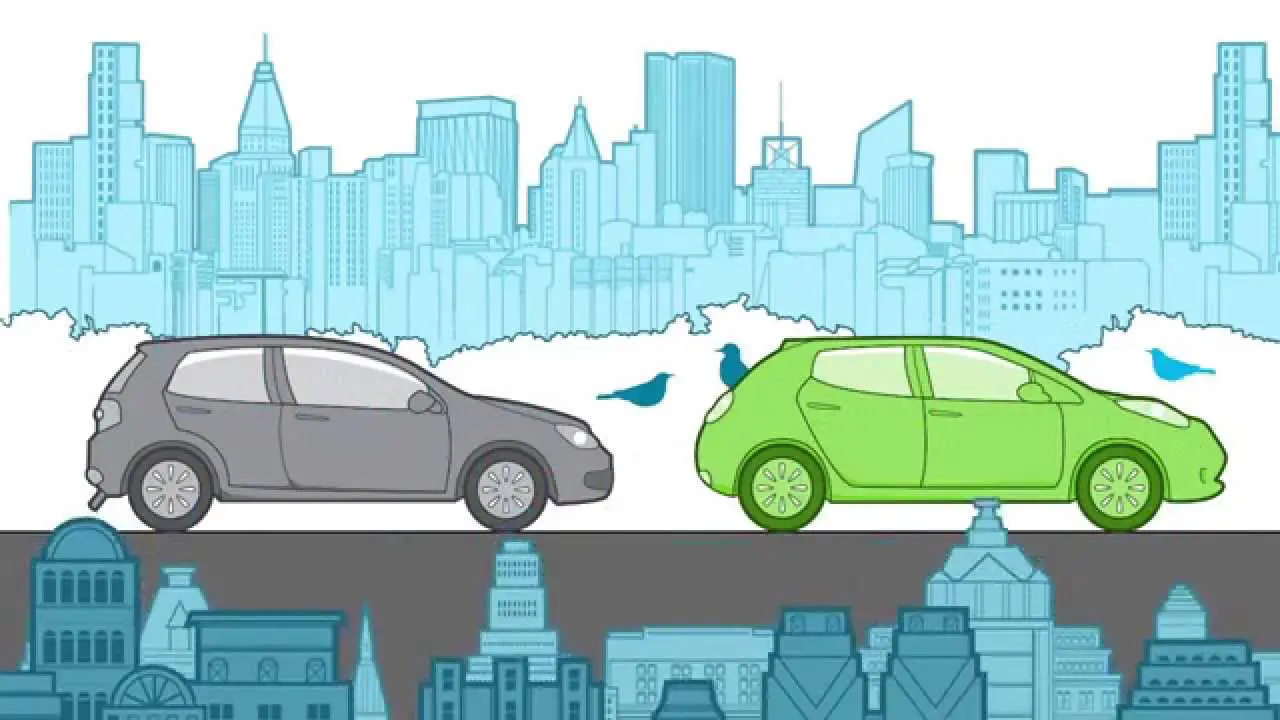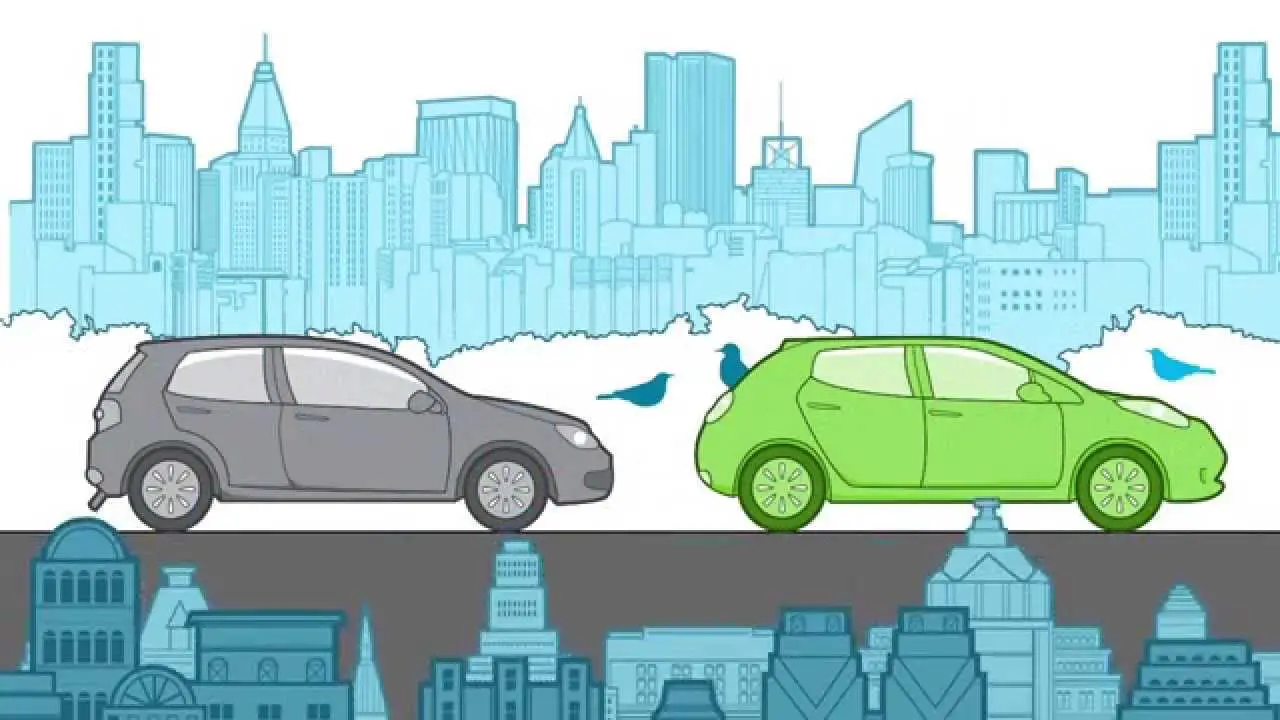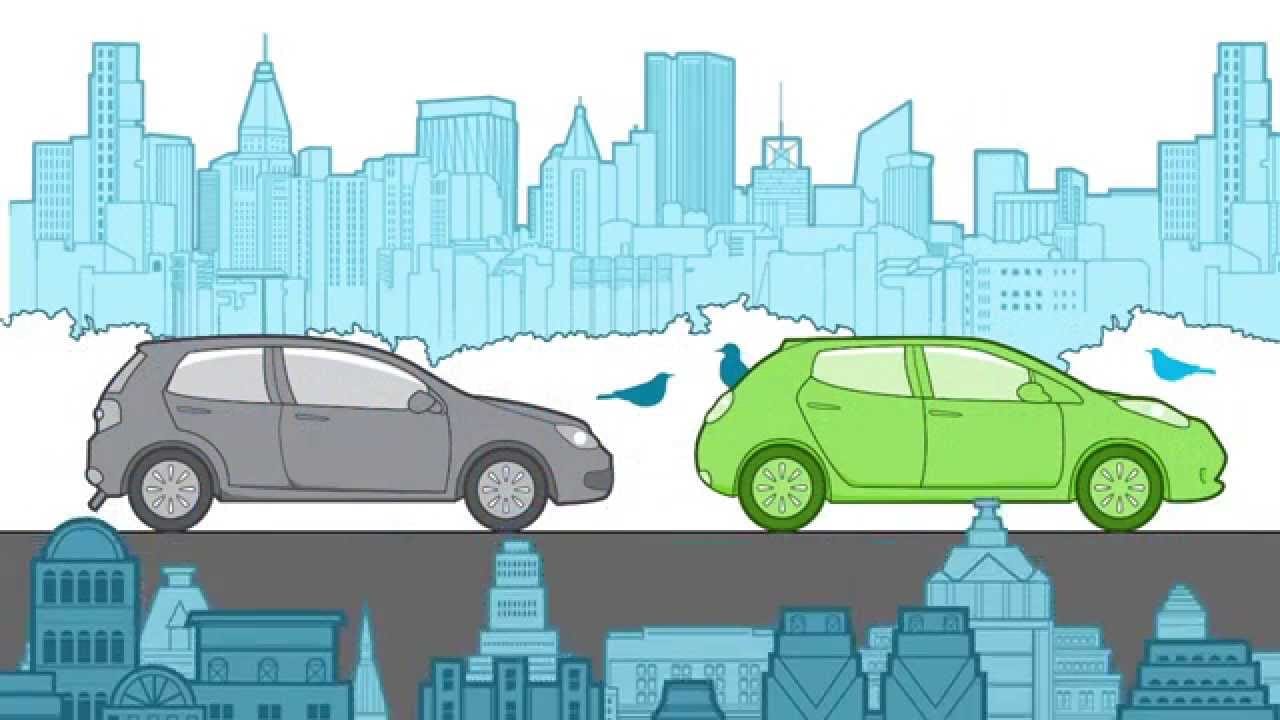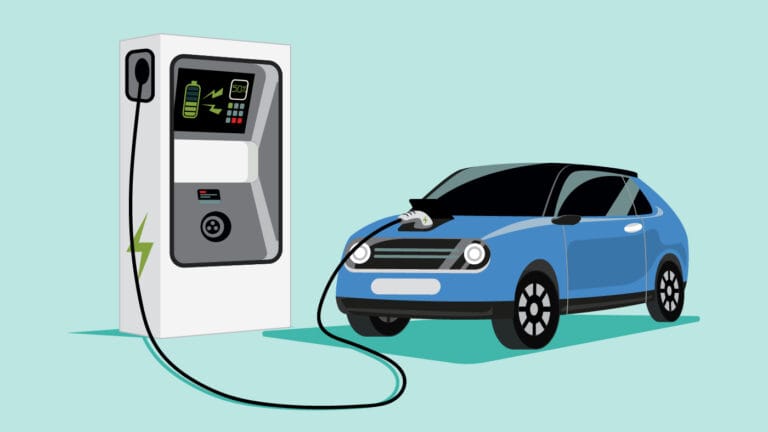How Environmental Policies Are Driving Electric Vehicle Sales.
The global automotive industry is undergoing a major transformation, largely due to the push toward sustainability and the reduction of carbon emissions.


The global automotive industry is undergoing a major transformation, largely due to the push toward sustainability and the reduction of carbon emissions.
A significant factor in this shift is the introduction of various environmental policies aimed at promoting the adoption of electric vehicles (EVs).
Governments worldwide are implementing stringent regulations and offering incentives to encourage consumers and manufacturers to transition from internal combustion engine (ICE) vehicles to electric alternatives.
This article delves into how these environmental policies are accelerating the growth of the EV market and shaping the future of transportation.
1. Zero Emission Vehicle (ZEV) Mandates
Several countries, including the U.S., Canada, and parts of Europe, have introduced Zero Emission Vehicle (ZEV) mandates.
These policies require automakers to sell a minimum percentage of zero-emission vehicles, which typically include battery electric vehicles (BEVs), plug-in hybrids (PHEVs), and hydrogen fuel cell vehicles.
One of the most notable examples is California's ZEV program, which has set ambitious targets for 100% of new vehicle sales to be ZEVs by 2035.
The European Union has also adopted similar mandates. The European Green Deal seeks to reduce net greenhouse gas emissions by at least 55% by 2030 compared to 1990 levels.
To meet this goal, the EU has introduced strict CO2 emissions limits, which require automakers to reduce the average emissions of new cars sold.
This is expected to phase out ICE vehicles in favor of EVs, with new regulations aiming for a complete stop to the sale of new combustion-engine cars by 2035.
2. Government Incentives for EV Purchases
To encourage consumers to switch to electric vehicles, governments worldwide are offering various financial incentives.
These include tax credits, rebates, reduced registration fees, and exemptions from road tolls or congestion charges.
For instance, the United States offers a federal tax credit of up to $7,500 for the purchase of new electric vehicles, while many states provide additional rebates.
Similarly, countries like Norway, Germany, and France offer generous subsidies to make EVs more affordable.
Norway is a leader in the global EV market, with nearly 80% of new car sales being electric in 2022.
This success is largely attributed to its aggressive tax policies, which exempt electric vehicles from most purchase taxes and VAT (Value Added Tax).
This makes EVs significantly cheaper than their ICE counterparts.

3. CO2 Emission Standards
Countries and regions have established stringent CO2 emission standards that incentivize manufacturers to produce low-emission or zero-emission vehicles.
In Europe, automakers must meet an average fleet CO2 emission target of 95 grams per kilometer. If they fail to meet these targets, they face hefty fines.
This policy is one of the primary drivers behind European automakers ramping up EV production to avoid penalties.
In China, the world’s largest EV market, the government has implemented a New Energy Vehicle (NEV) credit system, which requires automakers to produce a certain percentage of EVs as part of their overall vehicle production.
Failure to meet these targets results in penalties, thus motivating automakers to develop and sell more electric models.
4. Phase-Out of Internal Combustion Engines
Several countries have set deadlines for the phase-out of ICE vehicles as part of their commitments to combat climate change.
In the United Kingdom, the sale of new petrol and diesel cars will be banned by 2030, and by 2035, even hybrid vehicles will be phased out.
The UK government has also pledged significant investments in EV charging infrastructure to support the growing number of electric cars on the road.
France and Germany have set similar timelines for phasing out ICE vehicles, while cities like Paris and Amsterdam are taking additional steps by banning combustion-engine cars from city centers within the next decade.
These policies not only force consumers to adopt electric vehicles but also send a clear signal to automakers to accelerate the development of their EV portfolios.
5. Infrastructure Development
The expansion of EV charging infrastructure is a key element of many environmental policies designed to promote EV adoption.
Countries are investing heavily in building charging stations to alleviate "range anxiety" and make EV ownership more convenient.
The European Union’s Alternative Fuels Infrastructure Directive mandates the installation of publicly accessible charging points across member states to support the transition to electric mobility.
In the United States, the Bipartisan Infrastructure Law has earmarked $7.5 billion to build a national network of EV chargers, particularly focusing on underserved regions and highways.
This investment is critical for ensuring that EVs are a viable option for all consumers, not just those living in urban areas with existing infrastructure.

6. Pollution Control and Clean Air Zones
Another way governments are pushing for the adoption of electric vehicles is through the creation of low-emission or clean-air zones in urban areas.
In these zones, vehicles with higher emissions, such as diesel and petrol cars, are either restricted or required to pay higher charges to enter, while electric vehicles are often exempt.
Cities like London have implemented Ultra-Low Emission Zones (ULEZ), where high-emission vehicles are charged a daily fee for driving within the designated area.
The goal of these zones is to improve air quality by reducing the number of polluting vehicles on the road, thereby encouraging the use of electric cars.
7. Corporate Carbon Footprint Reduction
In addition to consumer-facing incentives, governments are also targeting corporations through policies aimed at reducing fleet emissions.
For example, California’s Advanced Clean Trucks Rule requires manufacturers to sell an increasing number of zero-emission trucks starting in 2024.
Similar regulations in the European Union and China are pushing logistics companies and commercial fleets to adopt electric trucks and vans.
Many large corporations, such as Amazon, are also voluntarily switching to electric delivery vans and trucks as part of their broader sustainability goals.
This shift toward electrifying commercial fleets is accelerating the production and adoption of EVs across various sectors.

Conclusion
Environmental policies around the globe are significantly accelerating the adoption of electric vehicles.
From ZEV mandates and financial incentives to the phase-out of ICE vehicles and the development of charging infrastructure, these measures are creating a favorable environment for EVs to thrive.
While challenges such as the high cost of EVs and limited charging stations remain, the combination of governmental support and technological advancements is set to propel the EV market to new heights in the coming years.
With growing pressure on automakers to meet stringent emission standards, the road to an all-electric future seems not only plausible but inevitable.




